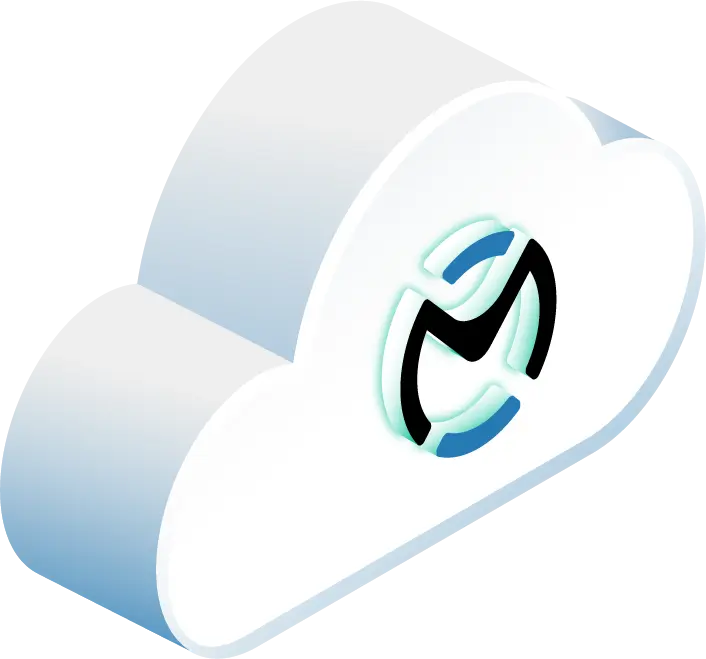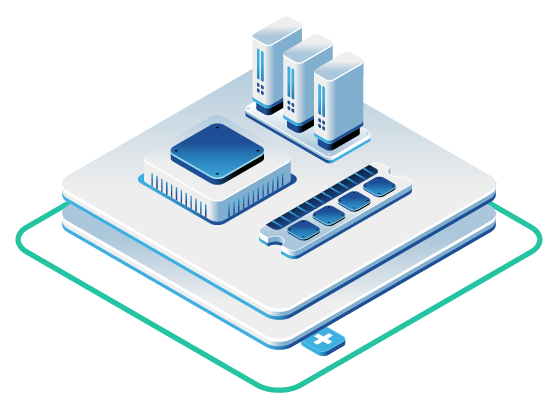
Confidential computing practical deployment helps protect data not just at rest or in transit—but also while it’s being used. That’s a big deal for industries dealing with sensitive workloads, from healthcare and finance to AI and blockchain. But for many teams, the path to adoption feels overly technical and unclear.
In this post, we break down where the complexity actually comes from—and how to eliminate it using OpenMetal’s infrastructure and services.
Where Complexity Typically Comes From
Deploying confidential computing isn’t just about having the right idea—it’s about getting a lot of technical details right, across hardware, software, and networking layers. Here are some of the common hurdles that can make the process feel overwhelming:
Trusted Hardware and Compatibility Confusion
Many teams aren’t sure which hardware supports confidential computing features like Intel® TDX or AMD® SEV. The confusion often stems from unclear documentation, overlapping terminology, and the fact that not all CPU models support these technologies equally. Even if the CPU claims support, it might require specific BIOS settings or firmware versions that need to be manually enabled. This makes early planning difficult, especially for teams that don’t have deep hardware experience. OpenMetal simplifies this by offering pre-configured servers that already support Intel TDX, reducing guesswork during provisioning.
Trusted Hardware and Compatibility Confusion
Even if the hardware is compatible, launching TDX-enabled virtual machines requires an operating system and hypervisor that know how to work with that hardware. This includes support for the right Linux kernel version, QEMU/KVM updates, and specific BIOS features like SGX or TDX enablement. Missing one of these pieces can stall the deployment. With OpenMetal, supported configurations are validated in advance to make sure your VMs can launch without low-level troubleshooting.
Setting Up Secure Storage and Networking
Secure workloads need more than CPU isolation. Teams also need to configure encrypted volumes, VLAN-based network segmentation, and sometimes hardware-based disk encryption. These aren’t always default settings—and depending on the cloud or infrastructure provider, they might not even be accessible without complex setups. OpenMetal gives users full control over volume encryption and network VLANs to reduce this friction.
Orchestration and Automation Complexity
Once the environment is configured, teams often want to automate it with tools like Terraform (including Terraform Cloud) or Ansible. But confidential computing requires careful control over provisioning, and not all orchestration tools support the necessary flags, variables, or sequencing out-of-the-box. This can force teams to write custom scripts or extend existing modules, which takes DevOps time and increases complexity. Because OpenMetal supports common automation tools and offers open APIs, many of these steps can be simplified or templated.
Fragmented Documentation and Guidance
There’s no single, trusted guidebook for confidential computing setup. Documentation is scattered across hardware vendors, OS distributions, hypervisor communities, and niche blog posts. This fragmentation forces teams to piece things together, often making trial-and-error a painful part of the process. OpenMetal helps consolidate this by offering pre-tested configurations, platform-level support, and in some cases, customer-provided examples of successful deployments.
What You Need for a Confidential Computing Practical Deployment
Confidential computing doesn’t have to mean endless configuration steps and uncertainty. At its core, a practical deployment requires just a handful of key components that work well together.
Start with trusted hardware—specifically, Intel 5th Gen Xeon CPUs that support Trust Domain Extensions (TDX). These processors allow you to isolate compute and memory at the VM level, protecting data even from the hypervisor. Your server should also come with BIOS and firmware pre-enabled for TDX, which removes the need for manual setup at the hardware layer.
From there, you’ll need an operating system that supports TDX—popular choices include Ubuntu 22.04 and RHEL 9+, both of which have kernel and virtualization support for launching TDX-enabled virtual machines.
If your workload involves large-scale data training or real-time analytics, you can optionally add an H100 GPU. With PCIe passthrough, the GPU attaches directly to the VM without compromising the isolation of the CPU and RAM.
Finally, pair your setup with 10 Gbps VLAN-isolated networking and NVMe-backed encrypted storage to ensure both speed and security. Tools like Ansible, Terraform, or OpenMetal’s CLI/API can help you automate the deployment and scale securely from day one.
How OpenMetal Reduces Complexity
OpenMetal makes it easier to deploy secure workloads by providing hardware and tooling built for confidential computing. Our bare metal servers give customers full control over dedicated infrastructure without the burden of shared tenancy.
Need Intel TDX? We support it out of the box with 5th Gen Xeon CPUs. XL and XXL configurations come with the required memory layout and are ready to run confidential workloads. Want GPU acceleration? Choose our XXL server and attach an H100 GPU using PCIe passthrough.
To keep things simple, you also get access to NVMe-backed storage and 10 Gbps VLAN networking, ensuring your I/O performance meets secure computing needs.
A Practical Example
Let’s say you’re managing a blockchain platform that handles validator workloads, transaction indexing, and real-time analytics. These workloads require consistent performance and high levels of security—especially when they support financial use cases or algorithmic trading.
You begin by deploying an XL V4 bare metal server from OpenMetal with Intel TDX support and 1TB of RAM. This server gives you the memory density and hardware-based isolation needed for running validator nodes without interference from neighboring processes or shared hypervisors.
To further protect your environment, you launch a TDX-enabled virtual machine using KVM or QEMU. This ensures that the memory and execution context of your validator or indexer processes are isolated from the host, hypervisor, and other workloads.
You attach encrypted NVMe volumes to store indexing data or blockchain metadata with high performance and security at rest—crucial for supporting time-sensitive, transaction-heavy workloads.
If your analytics or indexing services require additional compute power, you can attach an H100 GPU using PCIe passthrough. With Intel TDX isolating the CPU and memory layers, your environment benefits from hardware-level security without sacrificing GPU acceleration for parallel tasks.
Lastly, you configure dedicated VLANs to keep node traffic and data pipelines segmented from the rest of your infrastructure—helping ensure network isolation and low latency under load.
Final Thoughts: Security Doesn’t Have to Be Complicated
While confidential computing may sound advanced, a practical deployment is achievable—especially with the right tools and infrastructure. OpenMetal simplifies confidential computing practical deployment so your team can get started faster. OpenMetal takes care of the hardest parts—preconfigured servers, secure networking, and GPU options—so your team can focus on building and scaling secure workloads.
Ready to get started with confidential computing practical deployment? Talk to our team about your needs and let’s get you started.
Read More on the OpenMetal Blog


































